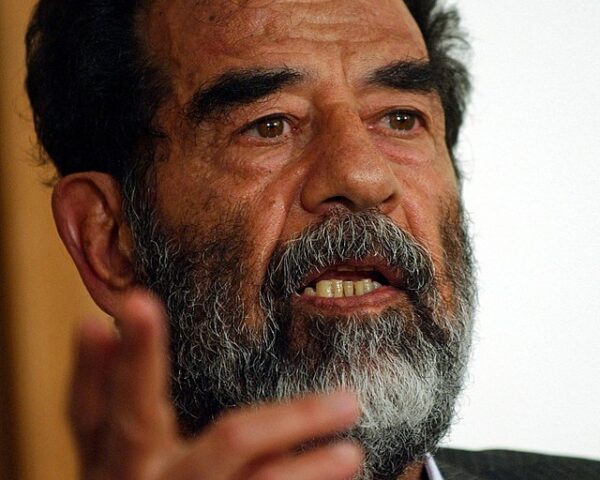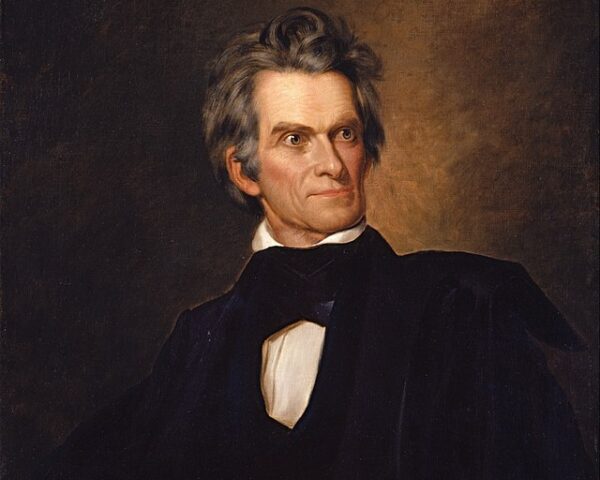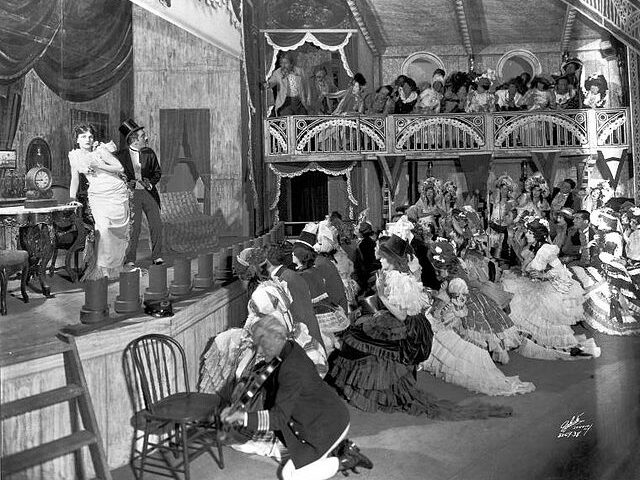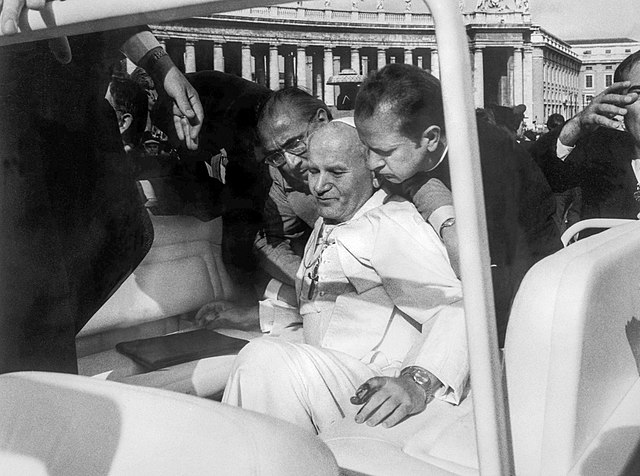On December 30, 2006, Saddam Hussein, the former President of Iraq, was executed by hanging after being convicted of crimes against humanity. This event marked the end of a turbulent era in Iraq’s history and symbolized the fall of a regime that ruled the…
Read MoreArchives
In 1607, during the precarious first year of England’s Jamestown experiment in North America, Captain John Smith later claimed that his life was spared through the intervention of Pocahontas, the young daughter of the powerful Algonquian leader Wahunsenacawh. According to Smith’s account, the dramatic…
Read MoreThomas Becket’s ascent to the pinnacle of English ecclesiastical power and subsequent assassination is a tale that profoundly shaped the historical landscape of church-state relations across Europe, but especially in Great Britain. Initially serving as a trusted confidant and Chancellor to King Henry II,…
Read MoreOn December 29, 1845, Texas officially became the 28th state of the United States, marking the culmination of a decade-long struggle for recognition, sovereignty, and inclusion in the Union. The annexation of Texas stands as one of the most consequential and debated events in…
Read MoreOn December 28, 1835, a violent confrontation in central Florida marked the opening shots of one of the longest, costliest, and most politically revealing conflicts between the United States and an Indigenous nation: the Second Seminole War. At its center stood Osceola, a defiant…
Read MoreOn December 28, 1832, John C. Calhoun became the first Vice President of the United States to resign from office, marking a pivotal moment in American history. His resignation highlighted the escalating sectional tensions. Far from being an impulsive decision, Calhoun’s departure was the…
Read MoreThe United States Endangered Species Act (ESA) of 1973 may be one of the most important pieces of environmental legislation ever passed by the United States Congress. Recognizing the ecological importance, economic value, and intrinsic worth of wildlife and plants, the ESA was signed…
Read MoreOn December 27, 1845, in the small town of Jefferson, Georgia, a quiet medical experiment unfolded that would permanently alter the experience of human suffering. On that day, Dr. Crawford Long administered ether anesthesia during childbirth for the first time, extending a technique he…
Read MoreOn December 27, 1927, Show Boat premiered at the Ziegfeld Theatre on Broadway, marking a turning point in American musical theater. This groundbreaking collaboration between composer Jerome Kern and lyricist Oscar Hammerstein II brought to life Edna Ferber’s 1926 novel, transforming the art form…
Read MoreOn December 27, 1983, in a profound act of forgiveness and reconciliation, Pope John Paul II visited Mehmet Ali Ağca, the man who had attempted to assassinate him, in Rome’s Rebibbia prison. The meeting was a personal gesture of pardon and a powerful public…
Read More










